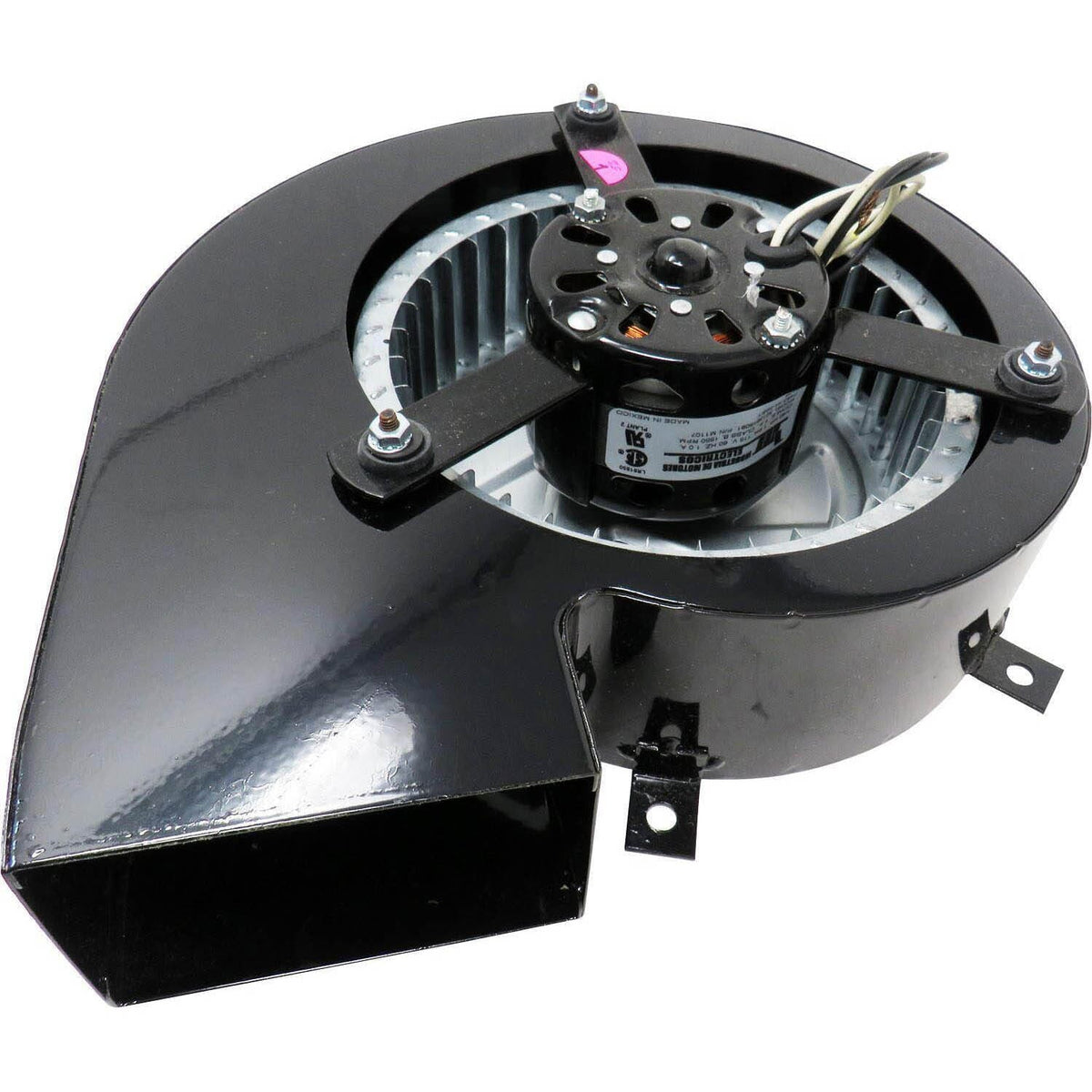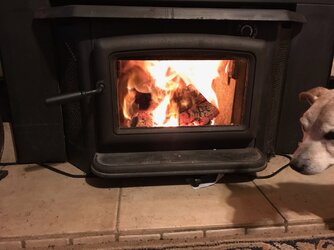We just bought a house that has electric baseboards and a woodstove. We thought we could mostly heat with wood but have been struggling to keep it warm enough. I'm looking for advice. Here are some facts:
We have a lot of windows on one side of the main floor. We're looking at replacing them (some are from 1985, some are from 1965, and some are newer) but I'm not sure how much of a difference that will make.
Does anyone have advice on how to make it hotter in here? Should I load wood more often even though it is not as efficient? Will a working blower make a huge difference (we hope!) Any help would be appreciated.
- I live in the West Kootenays (interior BC). We get winter and lots of snow, but it's not super cold. Right now we've been getting lows of -2C (28F) and highs only a couple degrees warmer.
- The house is a flat roof 2 story house built in 1965. Approx. 2600 sq ft. It's shaped like a rectangle and originally there were 2 fireplaces on the west walls (short side of the rectangle). One fireplace upstairs, one downstairs. They share one chimney and the chimney is on the outside of the house.
- The upstairs fireplace has been retrofitted with a Pacific Energy wood burning insert
- We bought some cured firewood which is fir. We can't get hardwood here. I've measured with a moisture meter and it's 15%
We have a lot of windows on one side of the main floor. We're looking at replacing them (some are from 1985, some are from 1965, and some are newer) but I'm not sure how much of a difference that will make.
Does anyone have advice on how to make it hotter in here? Should I load wood more often even though it is not as efficient? Will a working blower make a huge difference (we hope!) Any help would be appreciated.
Last edited:



 ! Get ahead now
! Get ahead now 


